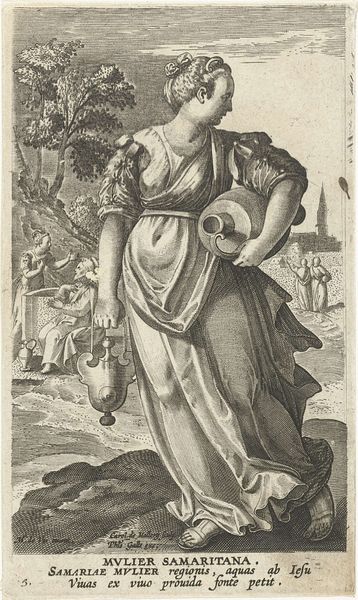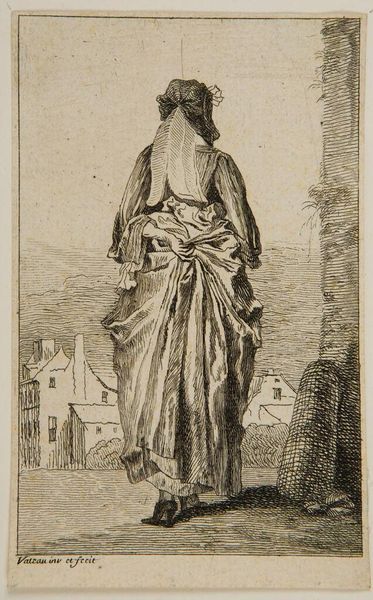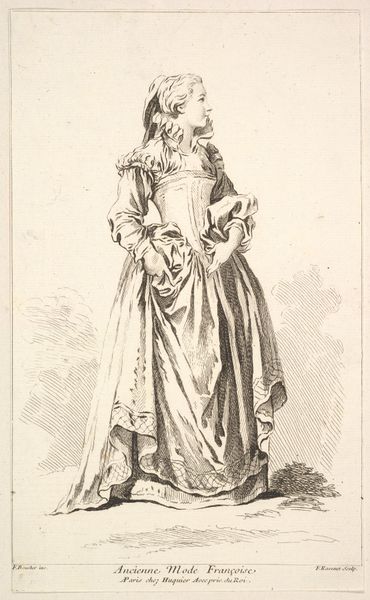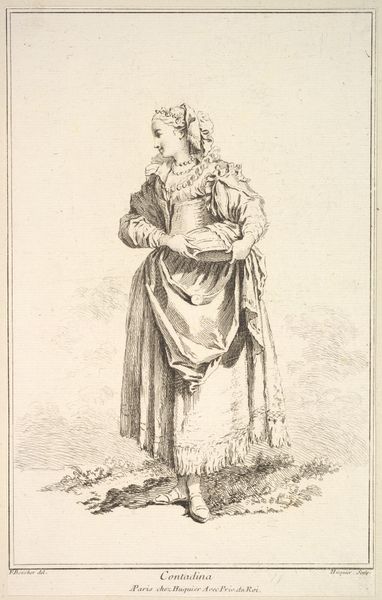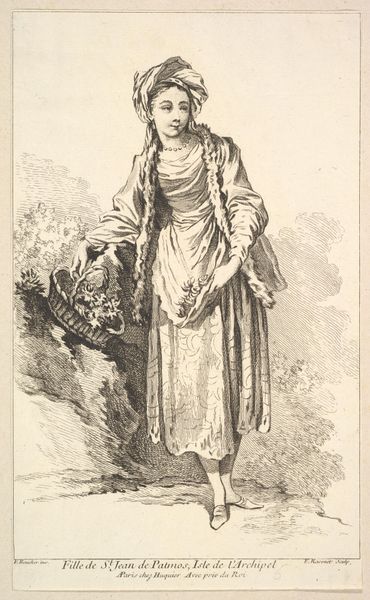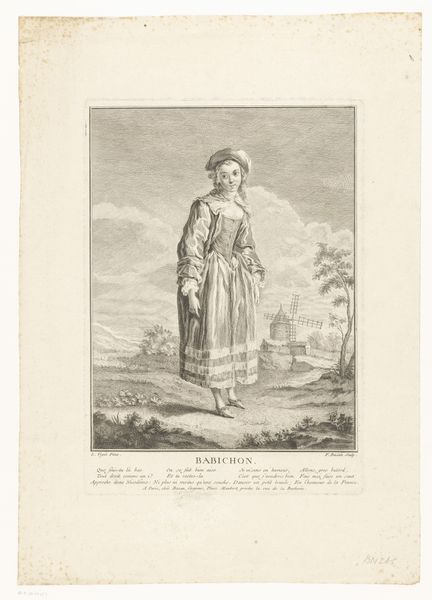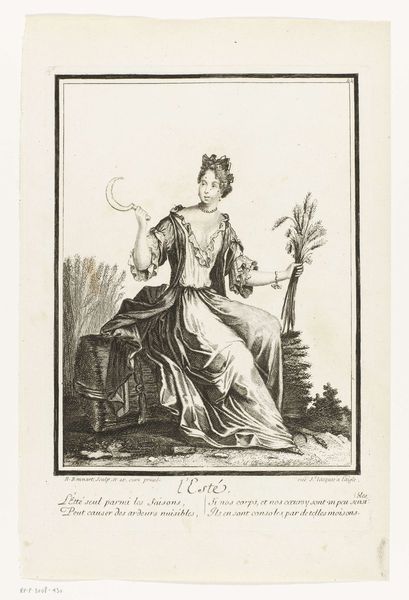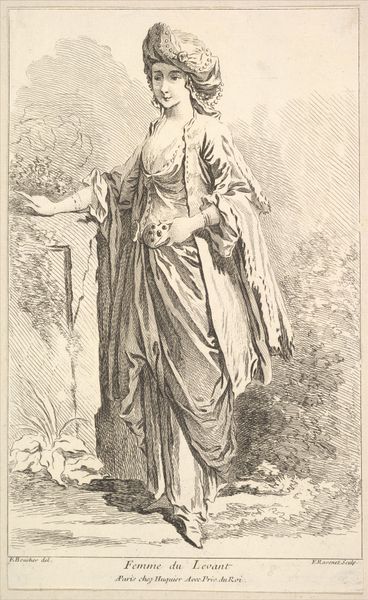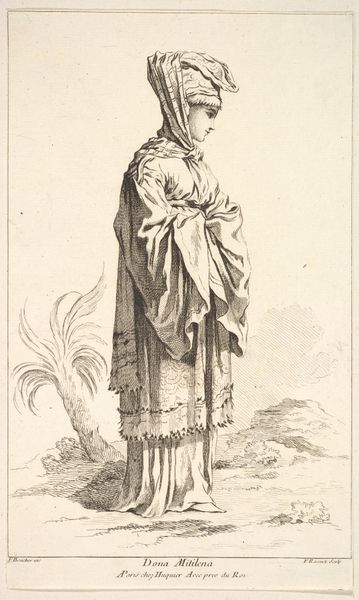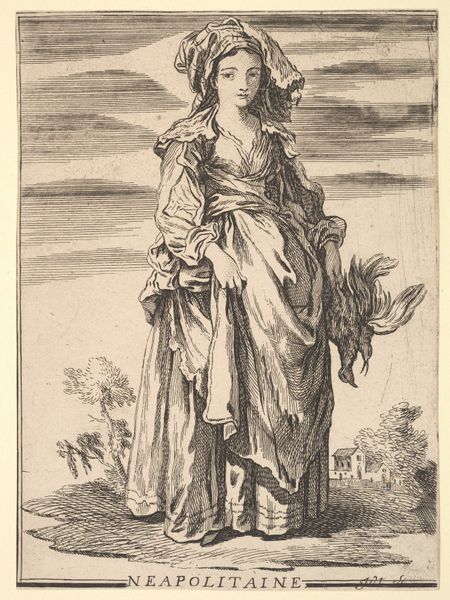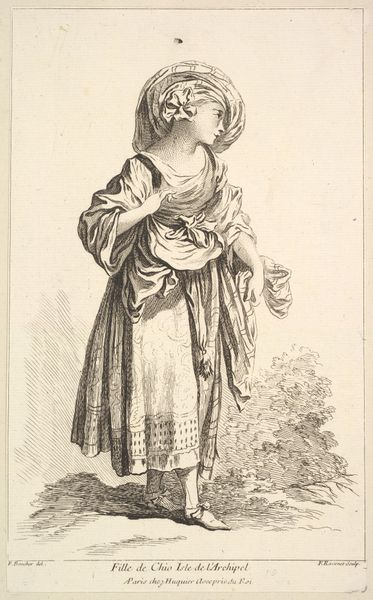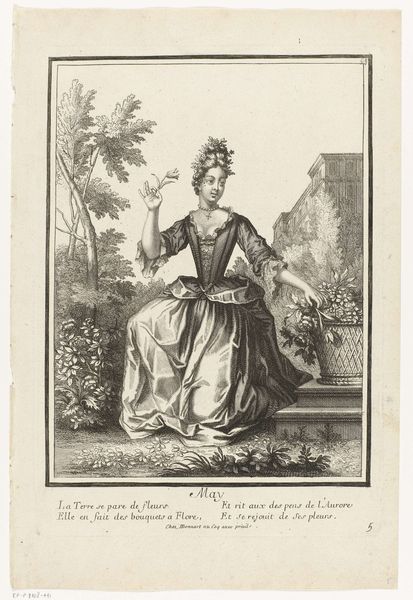![Afriquaine en deshabillé, from Recueil de diverses fig.res étrangeres Inventées par F. Boucher P.tre du Roy et Gravées par F. Ravenet (Collection of Various Foreign Figures, Devised by F. Boucher, Painter of the King and Engraved [etched] by F. Ravenet), plate 1 by Simon Francis Ravenet, the elder](/_next/image?url=https%3A%2F%2Fd2w8kbdekdi1gv.cloudfront.net%2FeyJidWNrZXQiOiAiYXJ0ZXJhLWltYWdlcy1idWNrZXQiLCAia2V5IjogImFydHdvcmtzL2M4YzFiYTcxLThjZjItNDk0MC1hNjNlLWE0OTJkODQxOGE5Ni9jOGMxYmE3MS04Y2YyLTQ5NDAtYTYzZS1hNDkyZDg0MThhOTZfZnVsbC5qcGciLCAiZWRpdHMiOiB7InJlc2l6ZSI6IHsid2lkdGgiOiAxOTIwLCAiaGVpZ2h0IjogMTkyMCwgImZpdCI6ICJpbnNpZGUifX19&w=3840&q=75)
Afriquaine en deshabillé, from Recueil de diverses fig.res étrangeres Inventées par F. Boucher P.tre du Roy et Gravées par F. Ravenet (Collection of Various Foreign Figures, Devised by F. Boucher, Painter of the King and Engraved [etched] by F. Ravenet), plate 1 1721 - 1774
0:00
0:00
drawing, print, engraving
#
portrait
#
drawing
# print
#
figuration
#
history-painting
#
engraving
#
rococo
Dimensions: Sheet: 10 7/16 x 6 3/8 in. (26.5 x 16.2 cm)
Copyright: Public Domain
Editor: Here we have Simon Francis Ravenet's "Afriquaine en deshabille," an engraving from sometime between 1721 and 1774. The etching technique really emphasizes the flowing fabric, giving the figure a graceful, almost weightless quality. How do you interpret the composition of this piece? Curator: The engraving’s success hinges upon its sophisticated orchestration of line. Note the contrasting densities of hatching. Denser lines define areas of shadow and volume, especially around the figure's draped clothing, lending a tangible presence. The open, sparse lines in the background, and especially the sky, function quite differently. They create an airy void, which subtly pushes our attention back to the foreground figure and the Rococo flourish with which she is presented. Editor: So, it's the contrasts that make it work, this balance of detailed foreground and open background? Curator: Precisely. The figure’s posture—that slight contrapposto—also contributes significantly. It animates the composition, preventing it from becoming static. The question then becomes how to weigh the lines against one another, structurally. Editor: I see what you mean about the lines. The details in the dress almost distract you from the woman's gaze, but the sparse background brings you back to her, creating an intriguing contrast between detailed embellishment and unadorned humanity. Thank you! Curator: Indeed. The work’s power arises precisely from the tension between ornamentation and structure, ultimately revealing an internal framework through superficial elements. Thank you.
Comments
No comments
Be the first to comment and join the conversation on the ultimate creative platform.
